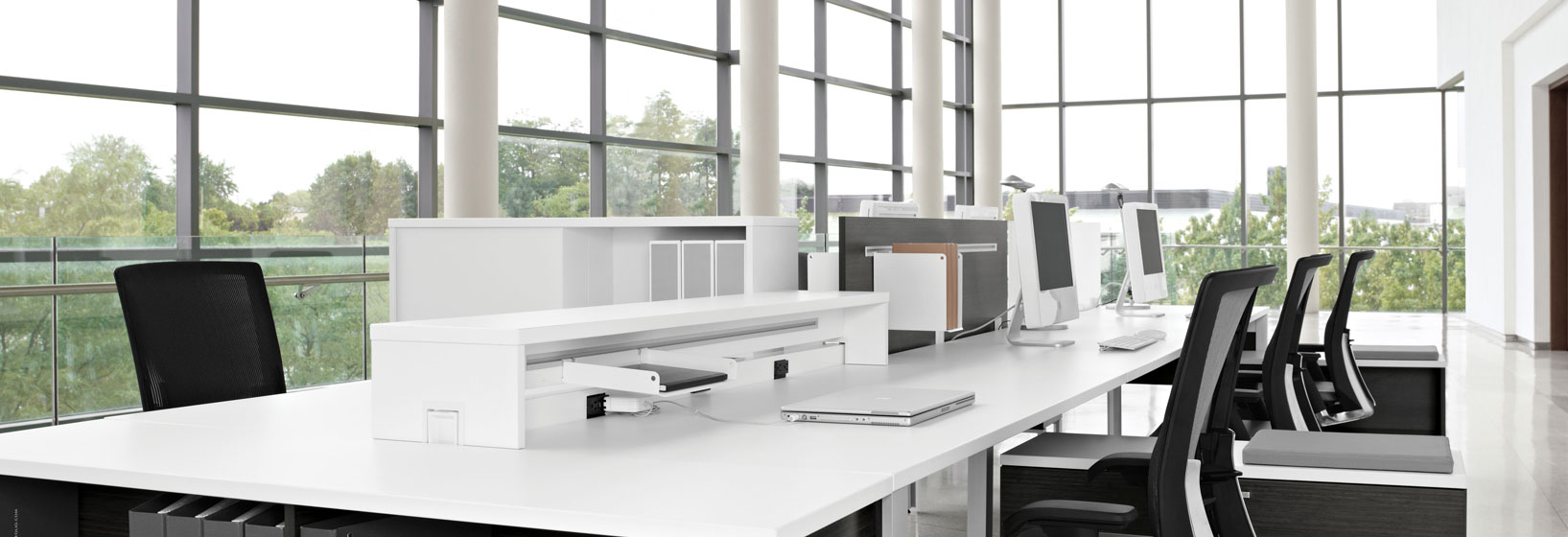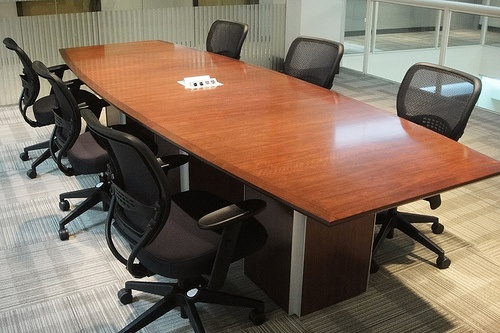Organizing an office move or an office transformation can be a seriously daunting task. That’s why the team at Rightsize put together a list of the “7 Deadly Sins of Office Transitions.” On this list we show you how to reduce the risk of remodel and relocation disasters and increase the success of your office space transition.
7 Deadly Sins
1. Not allocating proper time to prepare
The first of the 7 deadly sins is not giving yourself enough time to prepare. This process takes time! So start reviewing your options roughly 9-18 months prior to your lease expiration or termination option. Then, leverage all options accordingly so you can make an informed economic decision. This means factoring in all costs, including the cost of relocation, and deciding on the option that makes the most sense for your business.
2. Lack of action plan
The second deadly sin is not having an action plan. Start by creating checklists to guide you through every step of the transition. Making decisions early can help establish a starting point for task management. Then you can make sure everyone is aware of the requirements, objectives and limitations of the transition to ensure planning isn't hindered by disorganization.
3. Not appointing team leaders to help with task management
The third deadly sin is not appointing team leaders to help with task management. Important duties should be delegated to reliable personnel so that no aspect of the renovation or relocation falls through the cracks. Use internal team members to organize their departemtns, communicate to staff and to execute the action plan. In the meantime, enlisting the assistance of industry professionals like brokers, real estate attorneys, general contractors, furniture vendors and moving specialists can make a big difference.
4. Taking shortcuts
The fourth deadly sin business might make during an office transition is to take shortcuts. For example, not engaging professional expertise could be a potentially costly error. It helps to work with industry professionals to establish the market value of all services involved. In almost all cases, their fees will be offset by the substantial savings. Using experts also makes sure that you have an advocate throughout the entire process.
5. Inadequate budgeting
The fifth of the deadliest sins is not developing a realistic budget, that includes all transition-related expenses. The key is to identify all expenses early on, and get quotes for each task before you start spending. And then once the budget is in place, stick to it!
6. Poor communication among employees and external resources
Poor communication is the sixth of the deadly sins. Office managers should make sure to communicate the reason and intent of the transition to eliminate any potential frustration among employees. Making sure that all parties are informed and on the same page can eliminate any drama in the workforce. Start by emphasizing the advantages that the transition will bring so that the staff is enthusiastic about the changes. Then keep the lines of communication open to both internal and external individuals to maintain a seamless process.
7. Waiting until the last minute to space plan
The seventh and the most deadly sin of an office transition is waiting until the last minute to space plan. Having a design in place early on will help keep the process organized, on budget and on time. An industry professional can help design the floor plan, organize the renovation or relocation and order new/used furniture or repurpose your existing furniture.





